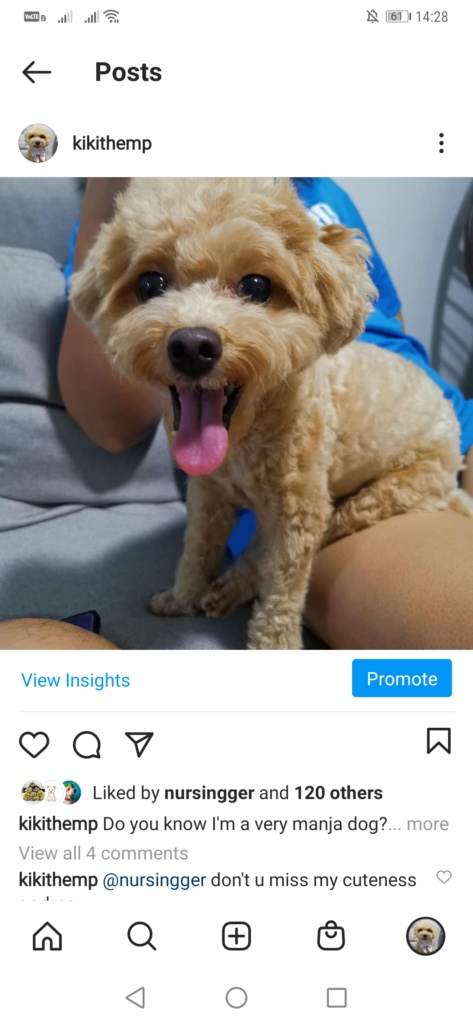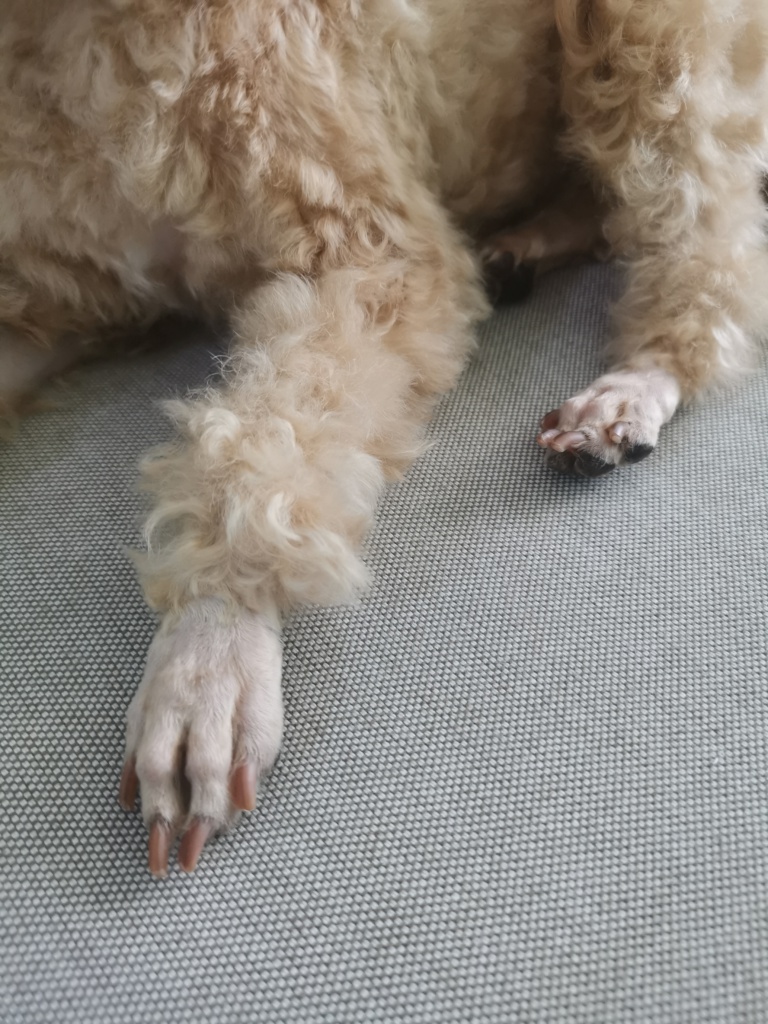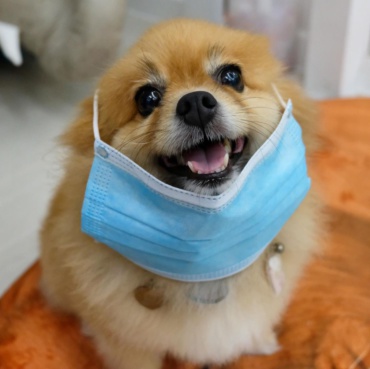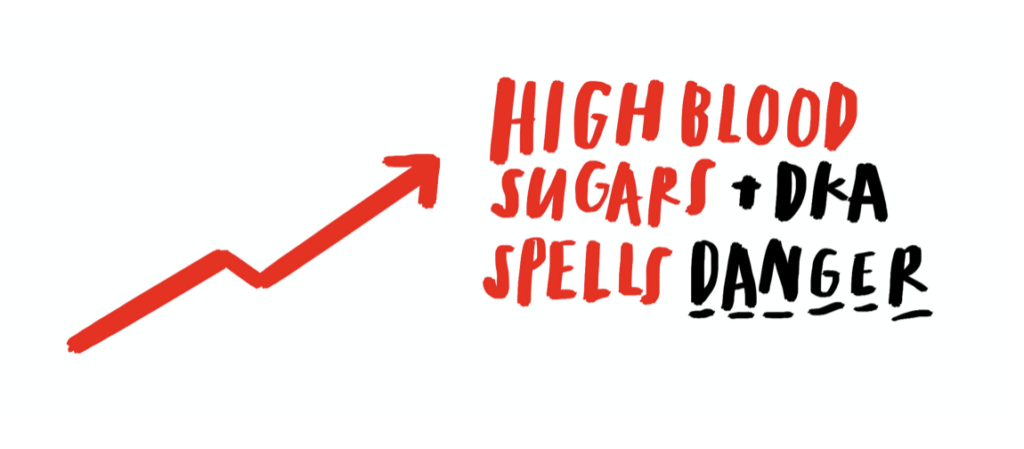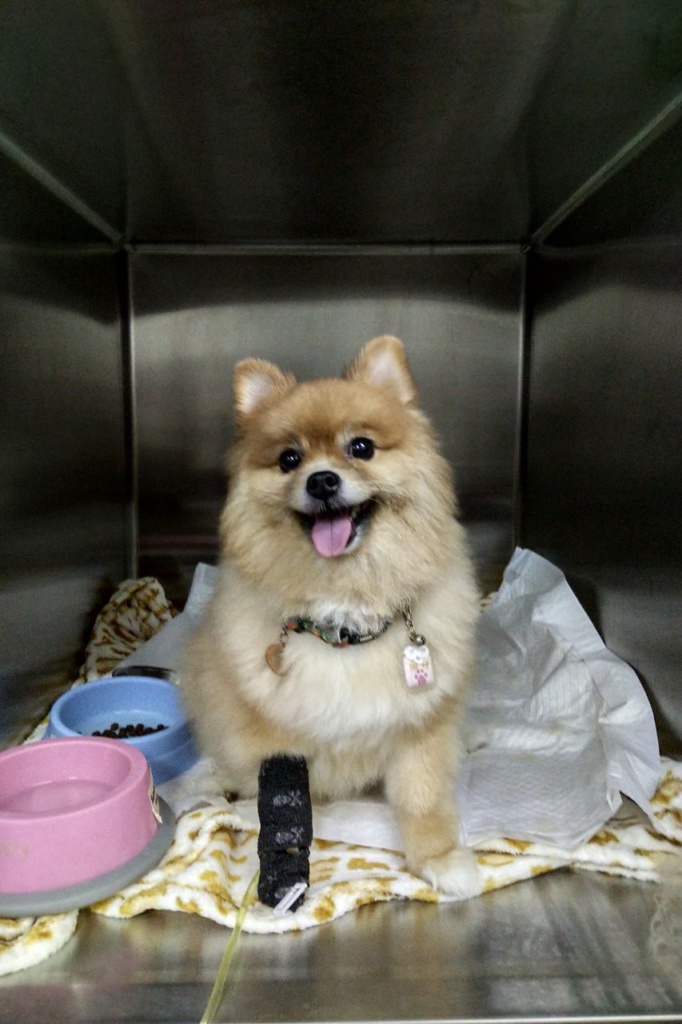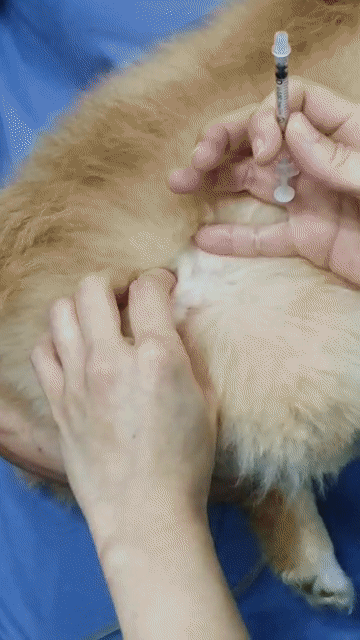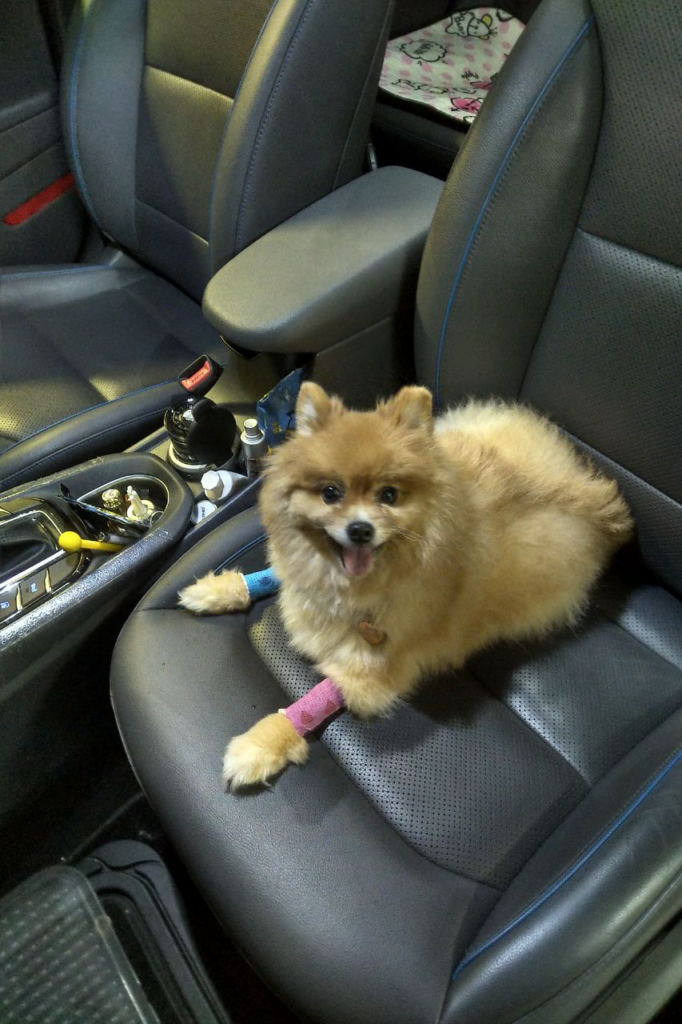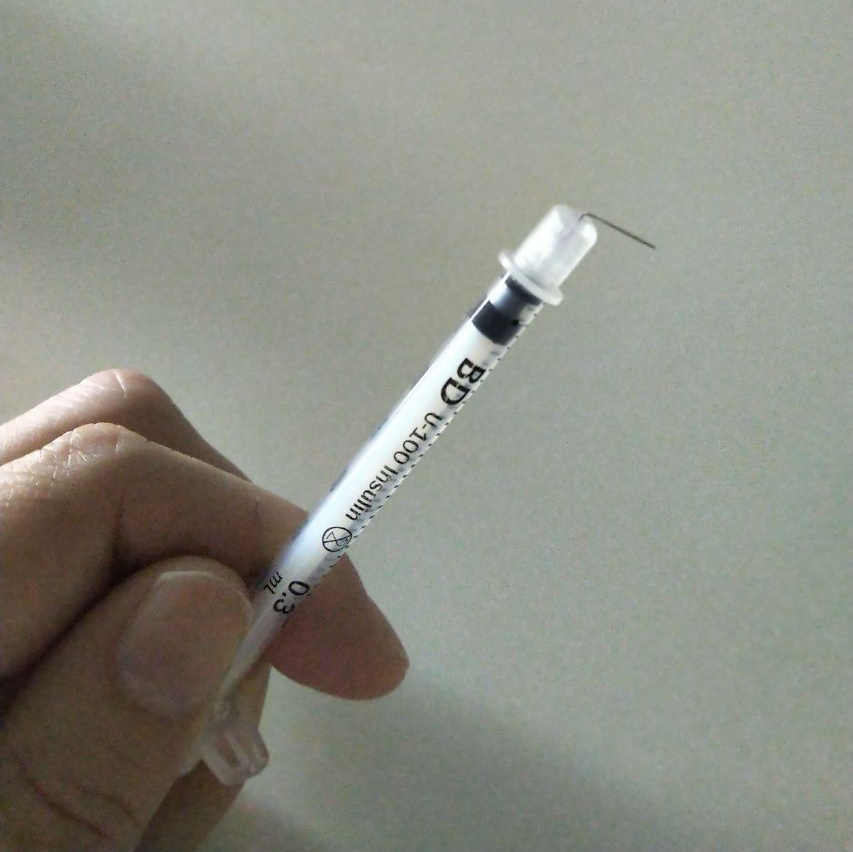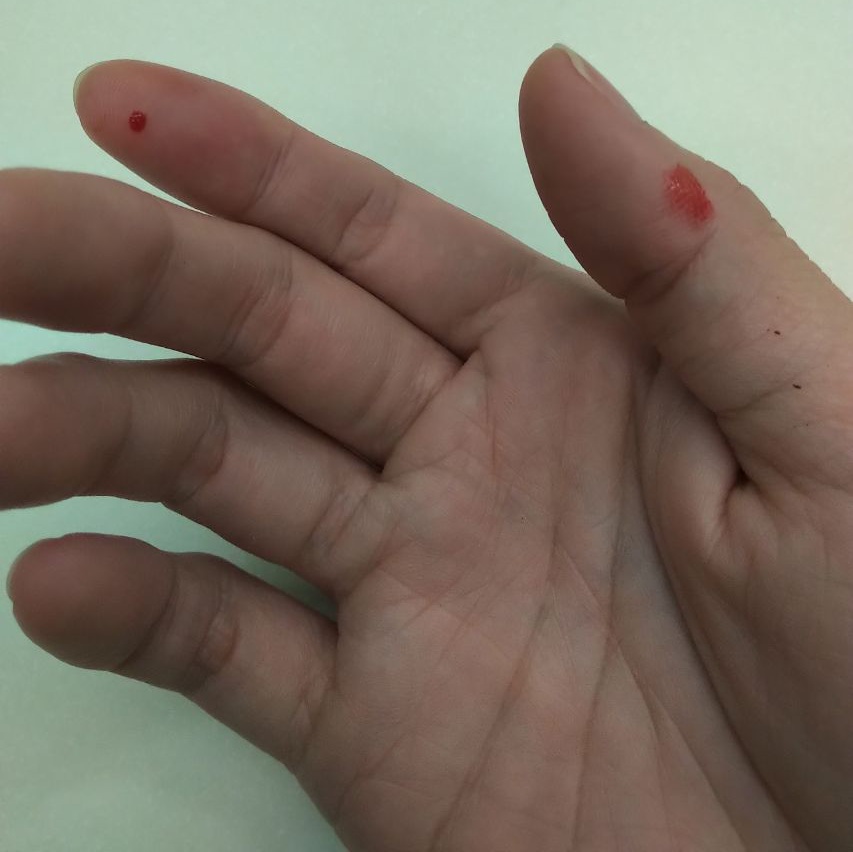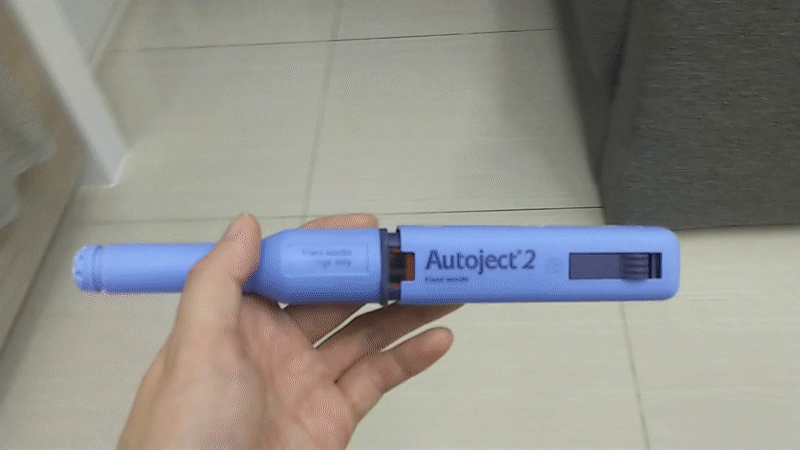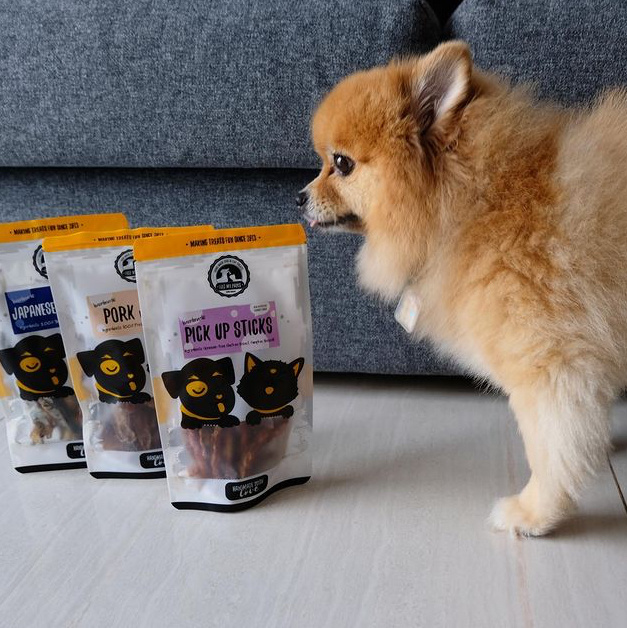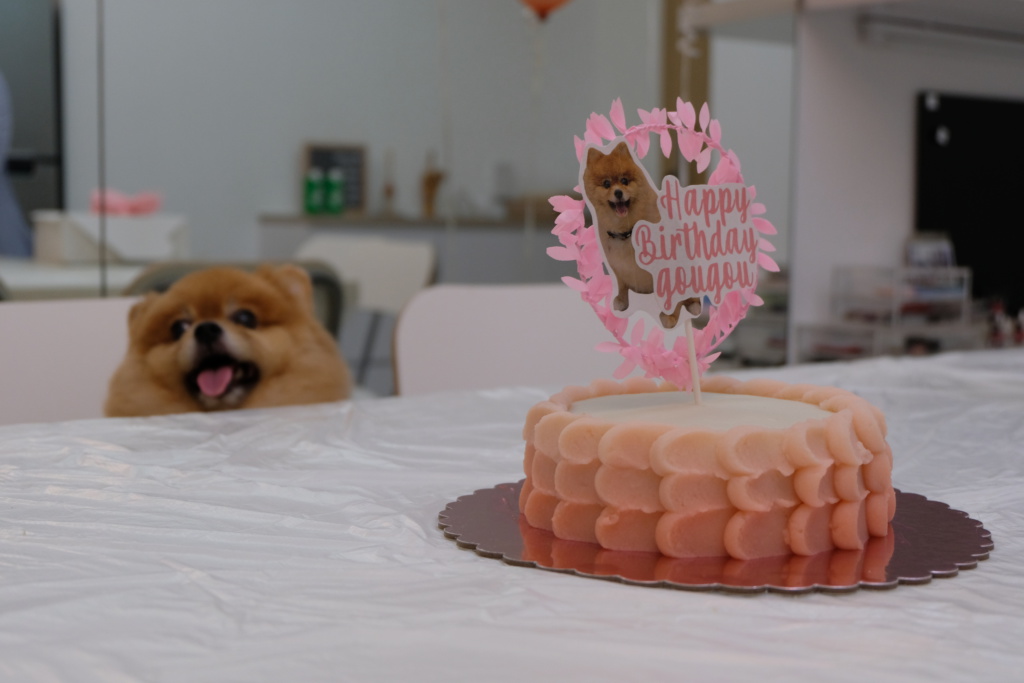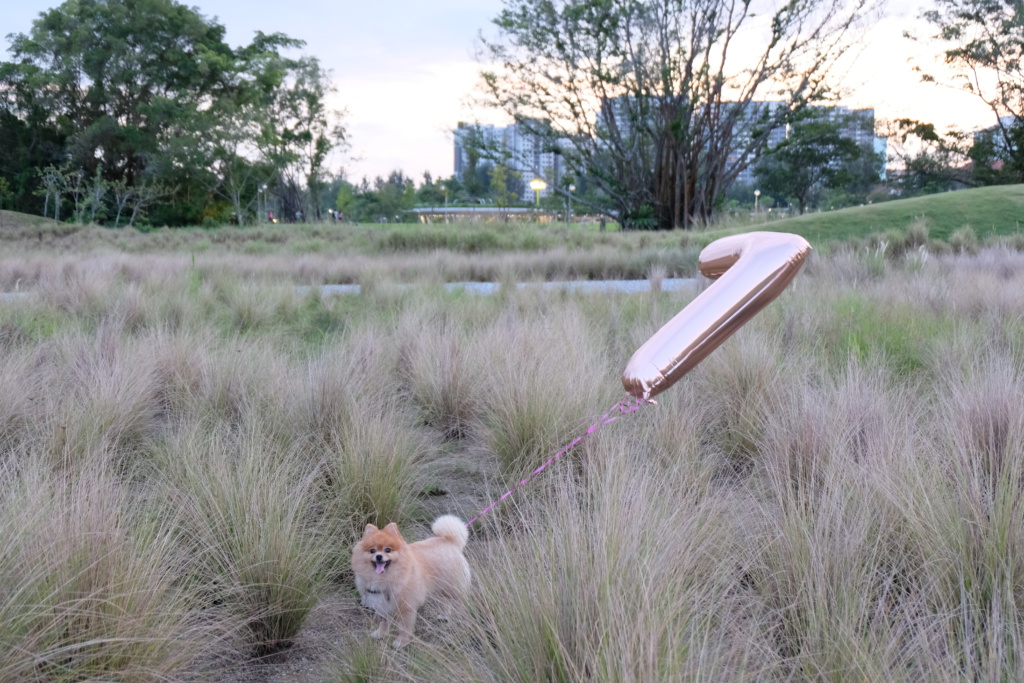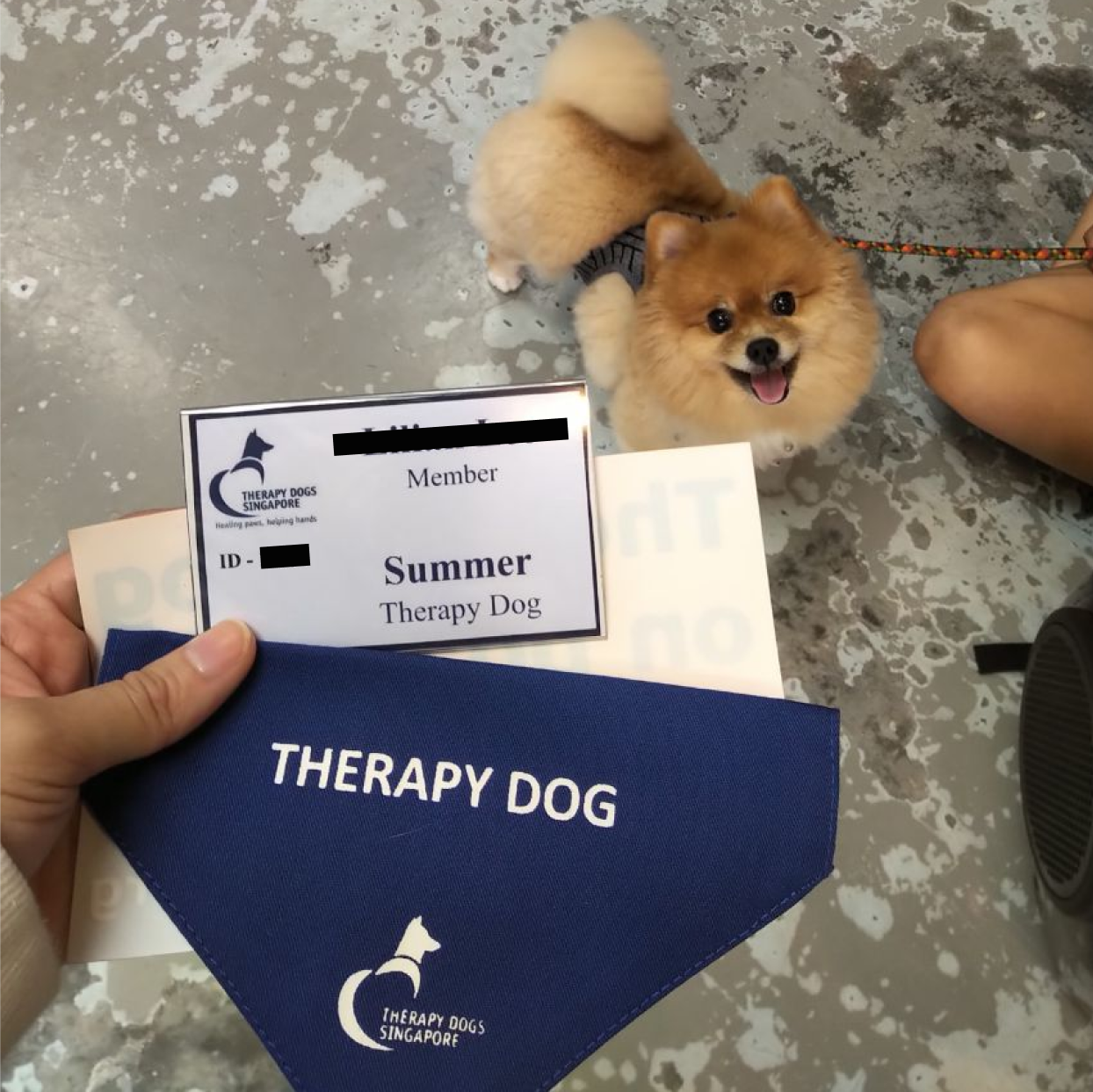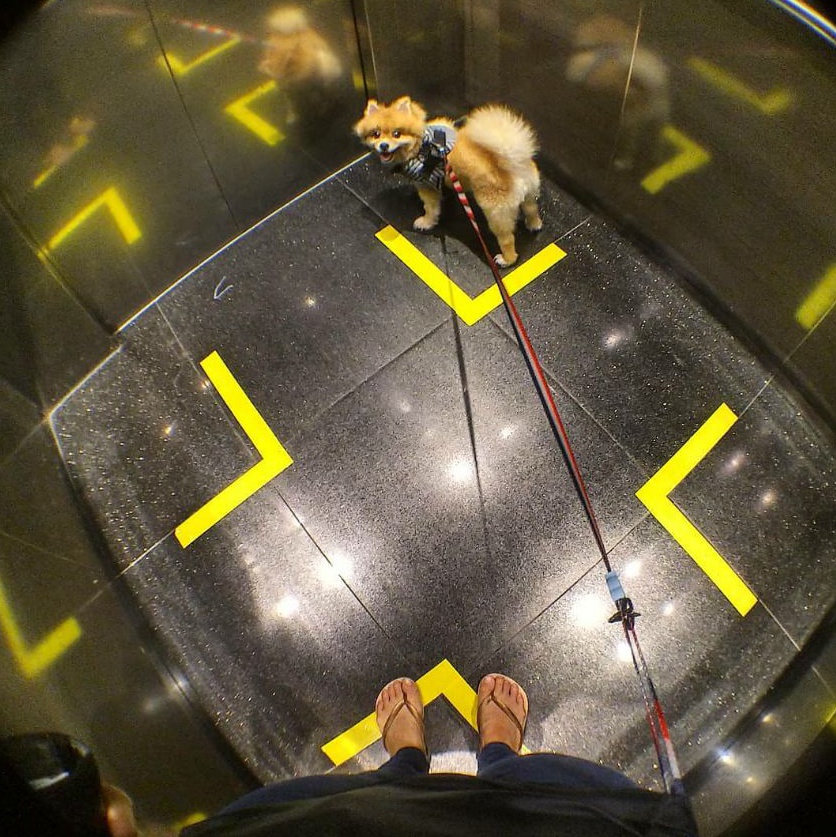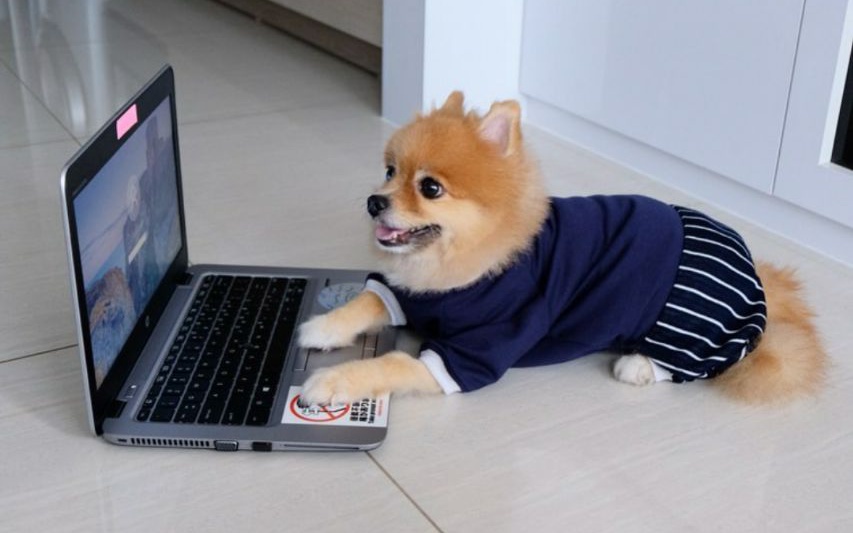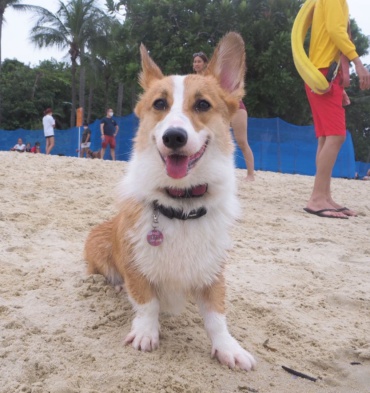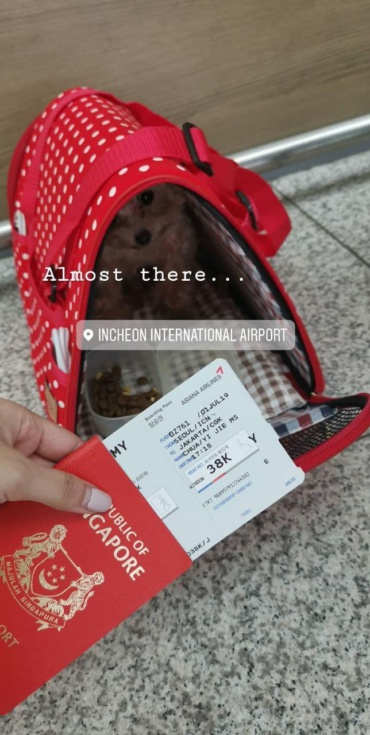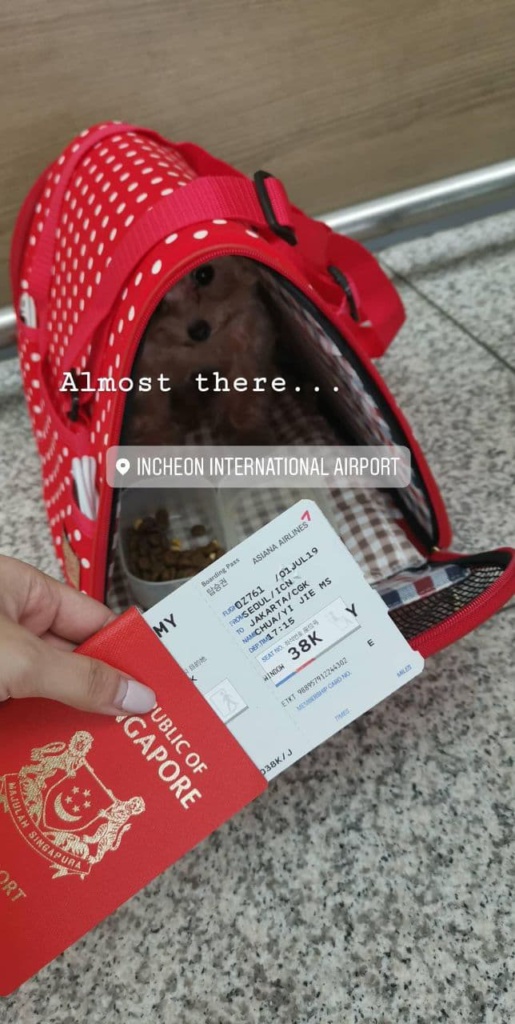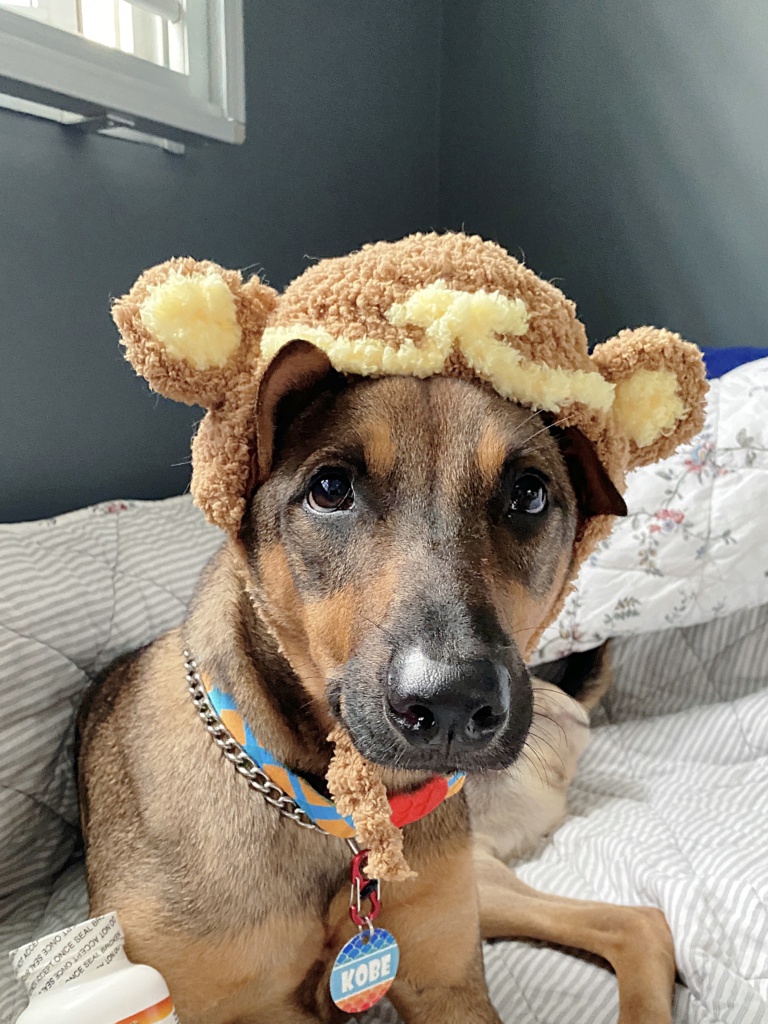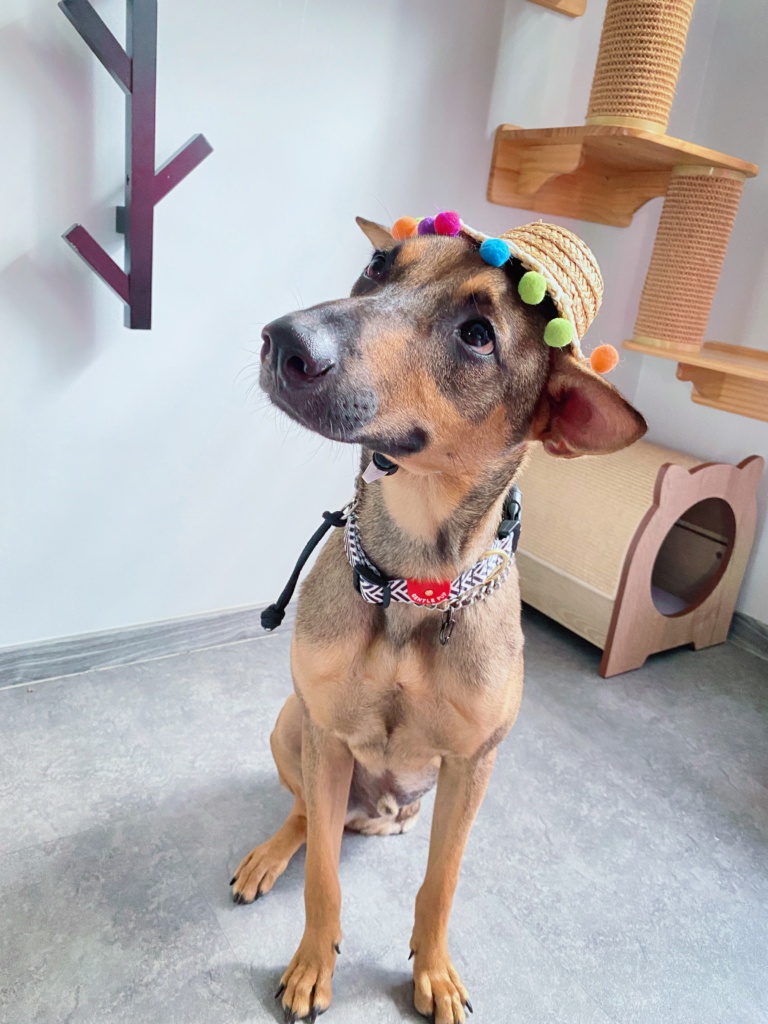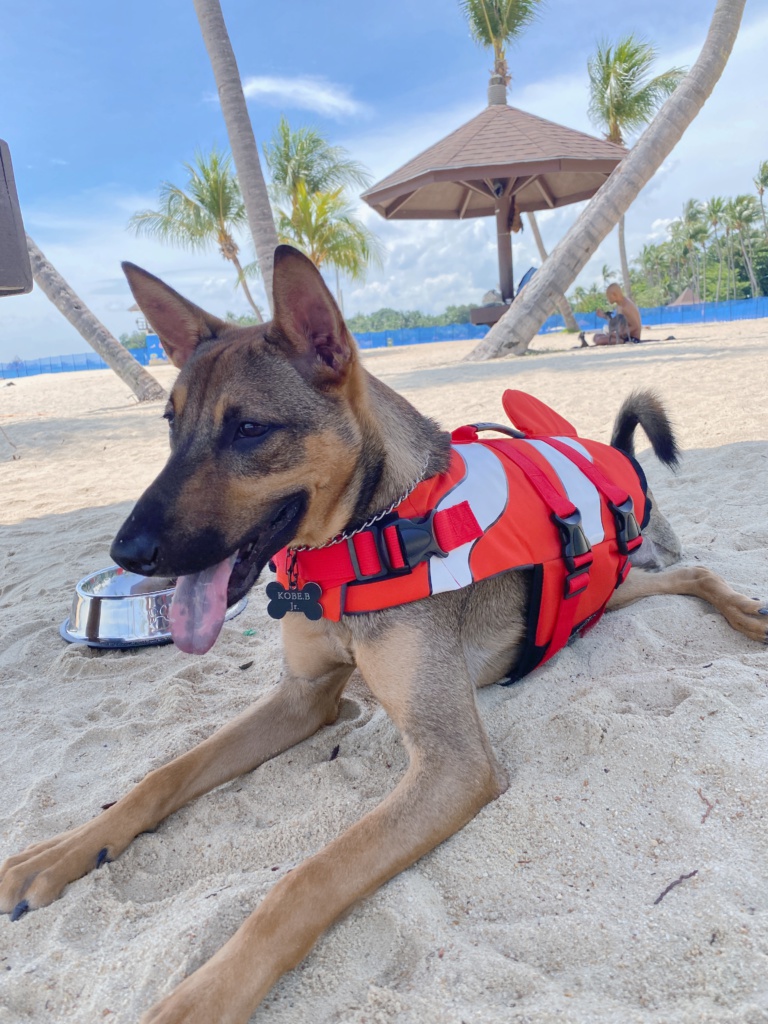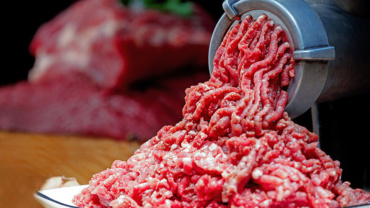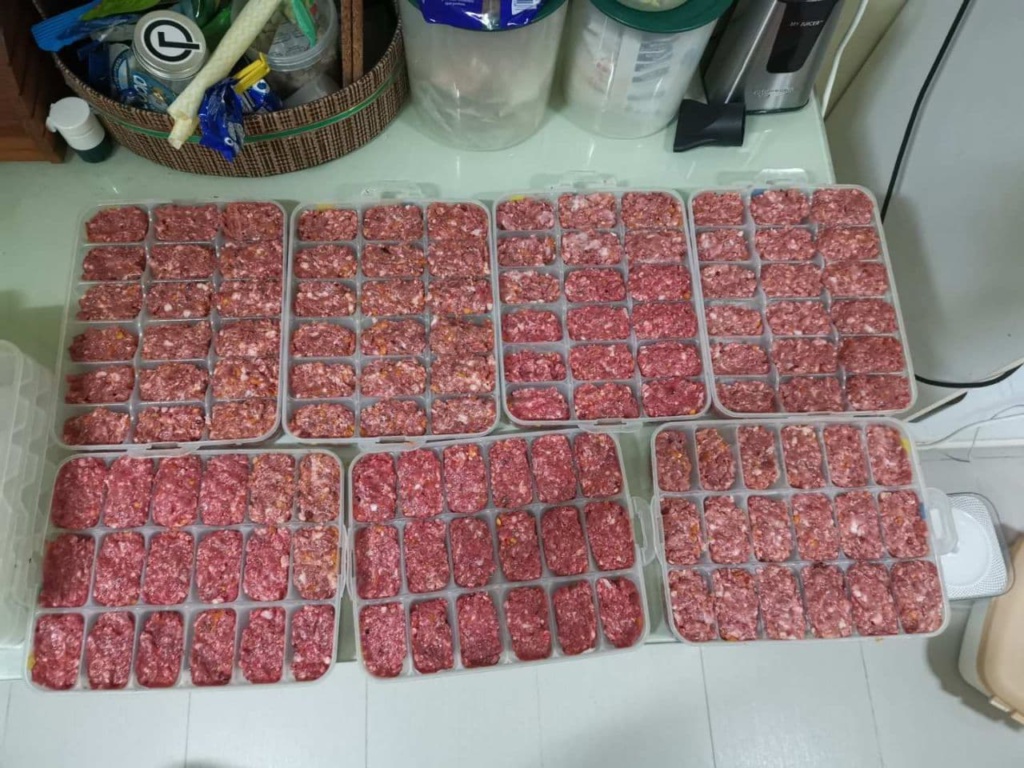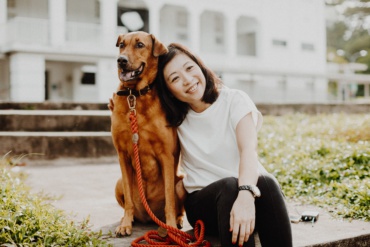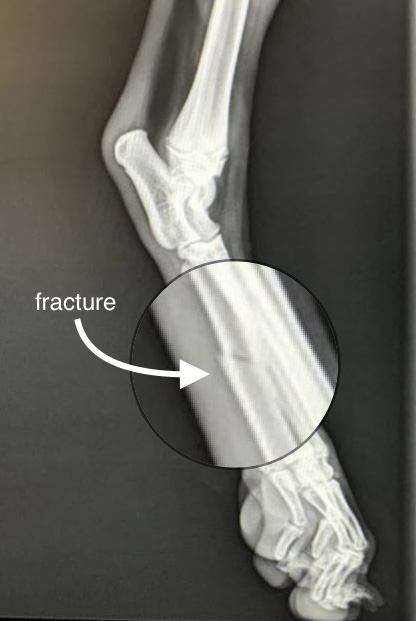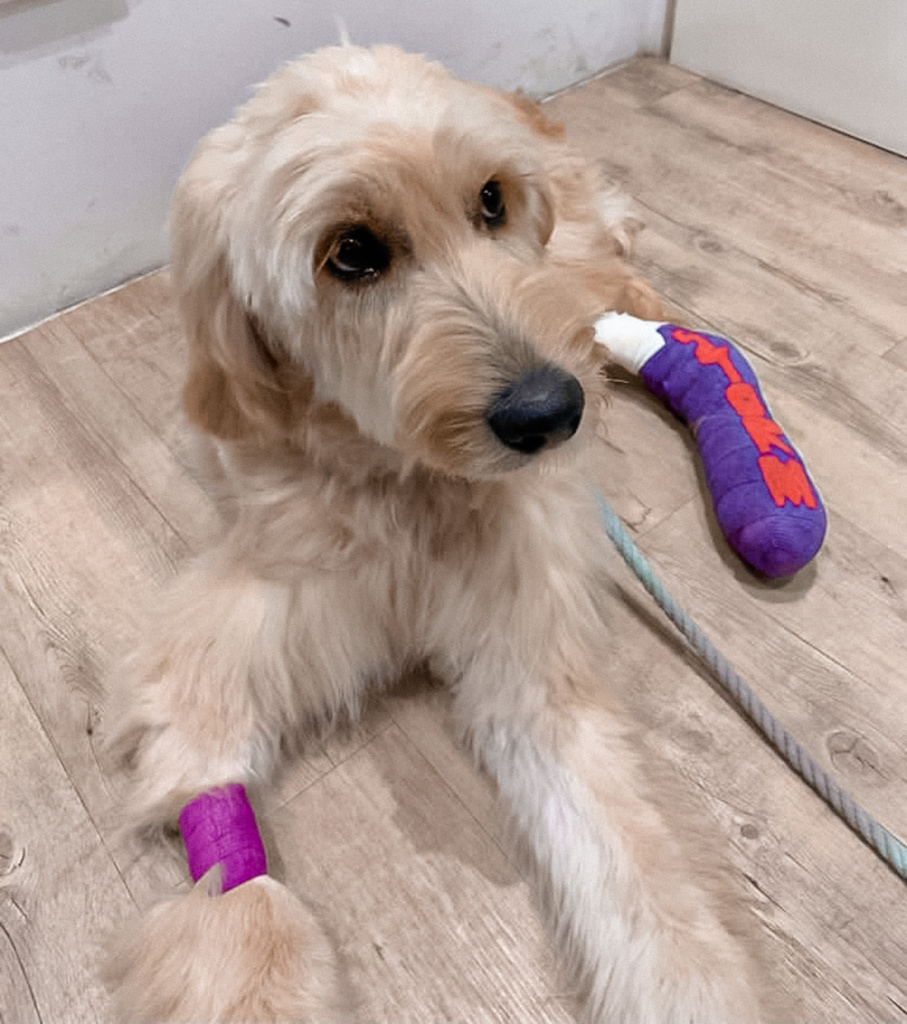With the amassed groomers you find on Facebook or Instagram, it is not easy to find one which you can trust. Especially when you own a skittish or fearful pet, or one which absolutely HATES grooming. #beentheredonethat
Meet 7 Paws, a small team of 2 humble groomers located at Serangoon. Known for grooming skittish dogs and Singapore Specials, we can just tell that they are superb at handling various types of dogs. However, note that prices are not fixed and begin from $35, depending on the breed and temperament.

“We groom skittish or fearful dogs”
Have you been turned down by groomers due to your dog’s behaviour? At 7 Paws, the groomers are confident in handling different dogs without compromising their welfare as well as the safety of the staff. Rest assured that they are highly experienced and patient, with nearly half of their customers being fearful dogs.
First, the groomer will find out about the dog’s breed and temperament from the owner. Next, they will identify the trigger which makes the pet uncomfortable during the grooming session and work about it.
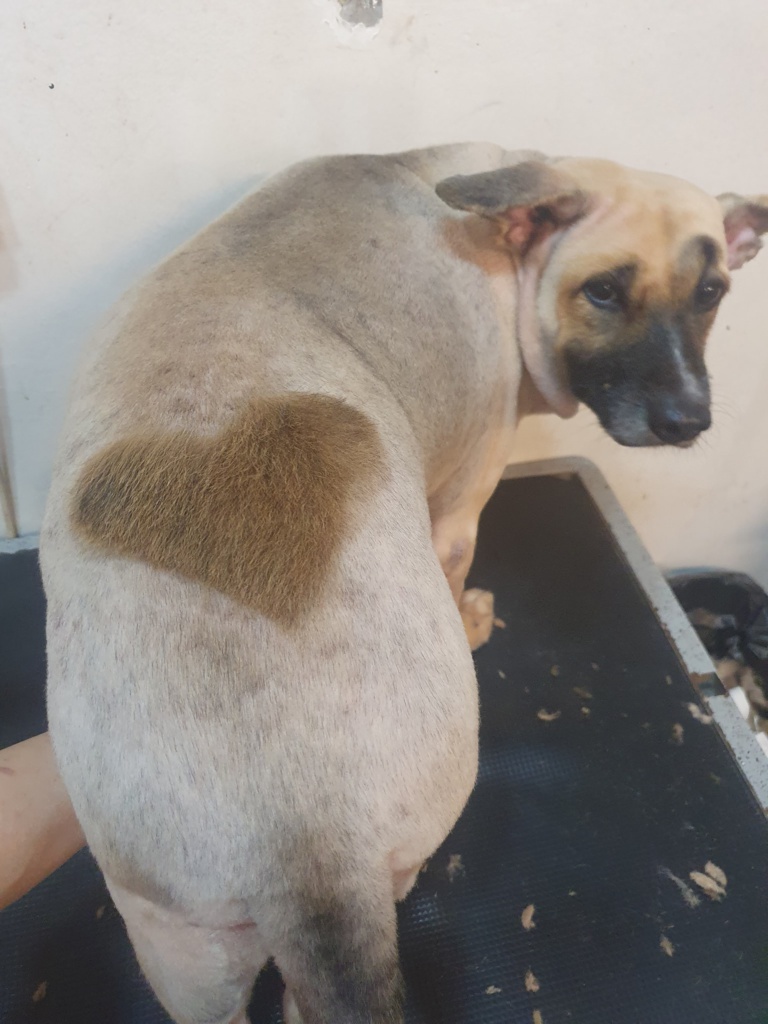
“We do take Singapore Specials as well”
Just because they were once strays does not mean that grooming is unnecessary. 7 Paws are highly experienced in handling Singapore Specials and have worked with different shelters to provide many Singapore Specials their first ever groom.
It’s time to pamper your little special furkid with a relaxing bath, a proper pawdicure and a good ear cleanse!
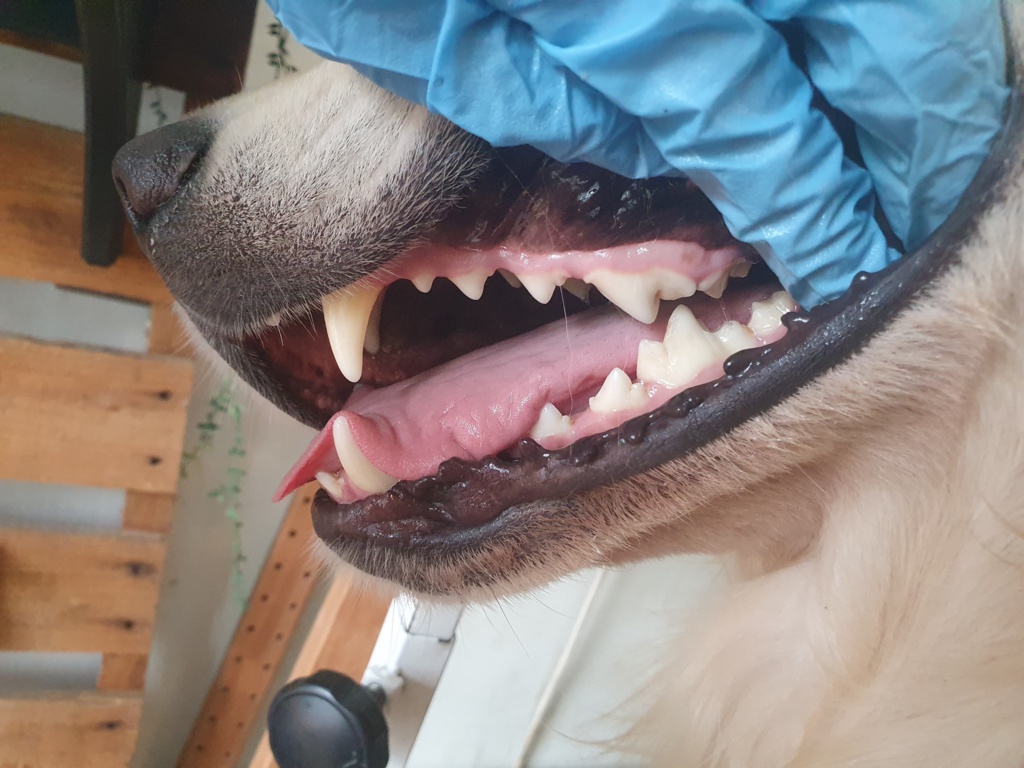
“We do non-GA tartar removal”
Poor dental health have been linked to heart diseases in canines. It is crucial to keep up with your dog’s dental health with regular tartar removal. 7 Paws is currently the only known groomer which provides tartar removal services without the use of general anesthesia. This is especially useful for dogs who are not able to go under general anesthesia due to health reasons.
Question: My dog is not comfortable with other pets, how will it go?
7 Paws respects the decision of every customer. For pet owners who wish to separate their dogs for reasons including behavioural issues or personal preferences, do inform them beforehand and they will make the necessary arrangements. Generally dogs will not be crated, unless requested or when safety is compromised. Pet owners will be informed about it as well.
Question: Is tartar removal without general anesthesia really effective?
Non-GA tartar removal should only be used as a form of maintenance for dental health. Do consult a vet if you wish to explore dental scaling under general anesthesia. 7 Paws recommends doing occasional tartar removal along with dental scaling with the vet to keep your pet’s dental health in top condition.
Question: It is inconvenient for me to bring my pet over to Serangoon just for grooming. Any other options?
7 Paws provide transport services for pets islandwide at only $10 per way! That’s even more affordable than a Grab ride from Jurong to Orchard ? 7 Paws will head over to your pickup location and bring your pet over to their grooming outlet. You may choose to pick up your pet at the store or opt for return transport.
It was a joy speaking to Josephine from 7 Paws and learning about how dedicated and knowledgeable they are in the grooming scene.
7 Paws is located at 468 Serangoon and are closed on Tuesdays. Make a booking with these amazing groomers and let the team pamper your furkid!


